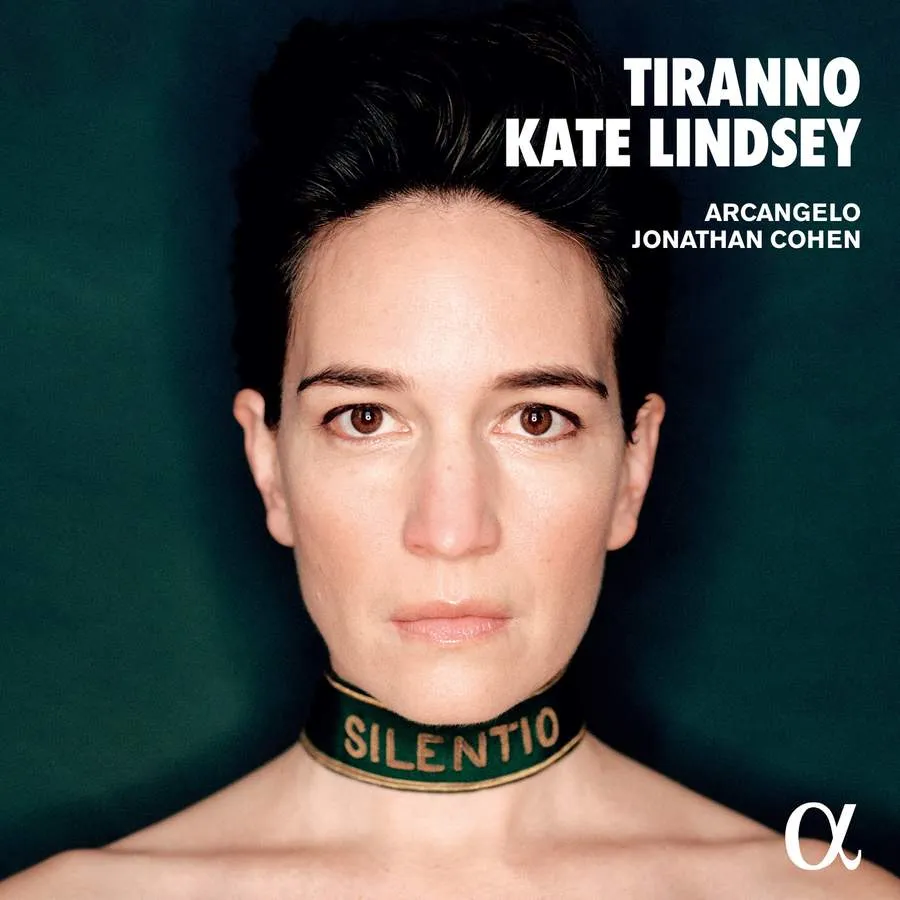
Tiranno Handel: Agrippina condotta a morire; Monari: La Poppea; Monteverdi: L’Incoronatione di Poppea – arias; A Scarlatti: Il Nerone; La Morte di Nerone Kate Lindsey (mezzo-soprano); Arcangelo/Jonathan Cohen Alpha Classics ALPHA 736 75:34 mins
After their disc of works related to the mythical Arianna, Kate Lindsey and Jonathan Cohen present another remarkable ‘character’ exploration, this time of the tyrant Nero as displayed through works from the 17th and 18th centuries. This is perfect ground for Lindsey and Cohen, both extremely accomplished and transformative performers of Baroque music.
The journey opens with Scarlatti’s chamber cantata Il Nerone. Lindsey immediately summons up the savage cruelty of Nero’s heart as Rome burns (‘Or coll’abisso istesso’), and as he contemplates his helpless victims (‘Veder chi pena’). Her extraordinary vocal evocations are complemented throughout by the subtle and inflected playing of the Arcangelo group. Handel’s study of Nero’s mother, Agrippina condotta a morire, offers opportunities for Lindsey’s impressive technical control. The aria ‘Renda cenere il tiranno’ draws from her voice a flashing cascade of triplets (‘lightning bolts’), while in ‘Come, o Dio!’ she colours the notes with every shade of reflective uncertainty. Lindsey’s dramatic gifts especially illuminate the recitatives as she demonstrates in Octavia’s tragic farewell to Rome (‘Addio Roma’) from Monteverdi’s Poppea.
Finally, two first recordings. Bartolomeo Monari’s cantata La Poppea with its simpler musical language elicits an unfussy purity from the performers. Scarlatti’s La morte di Nerone returns us to the rasping savagery of Nero’s emotions (‘Ma no! merta Nerone’). By happy chance, these lurid Baroque visions of Nero provide a fascinating historical counterpart to the current British Museum exhibition devoted to the (misjudged?) man himself.
Anthony Pryer